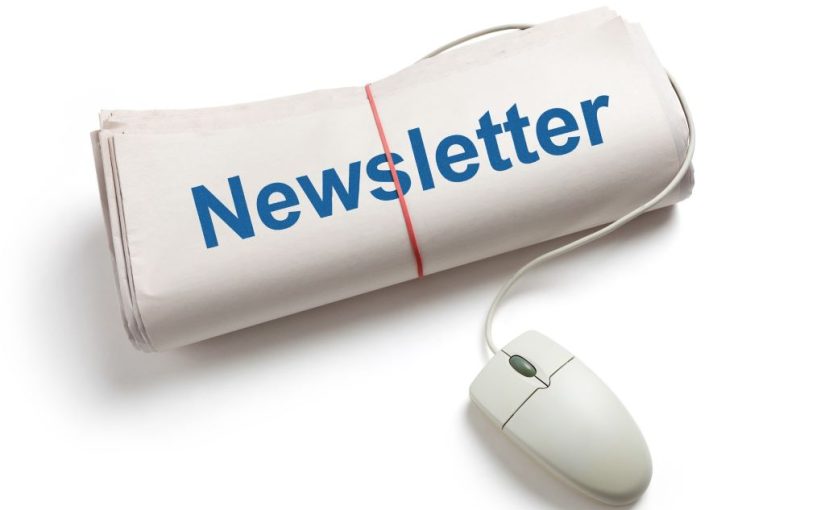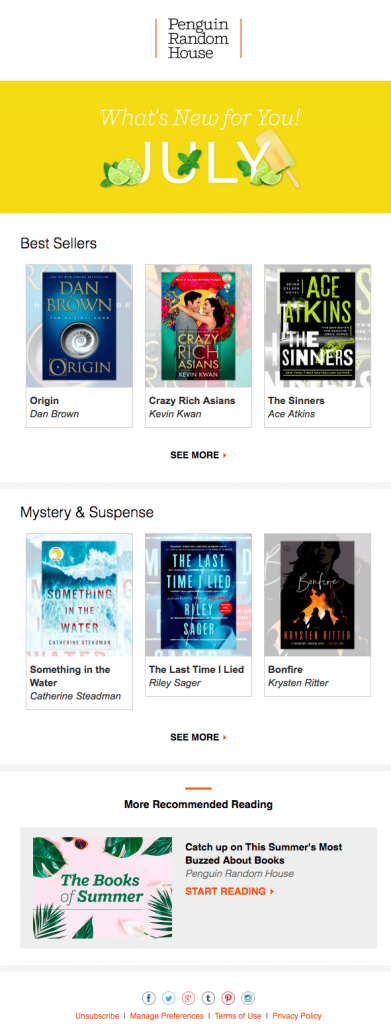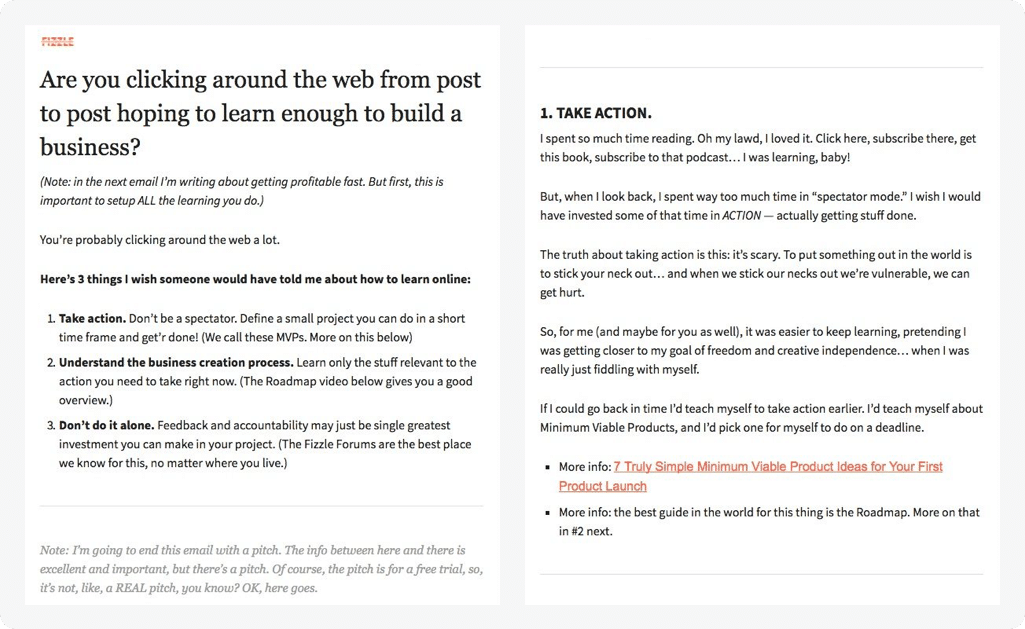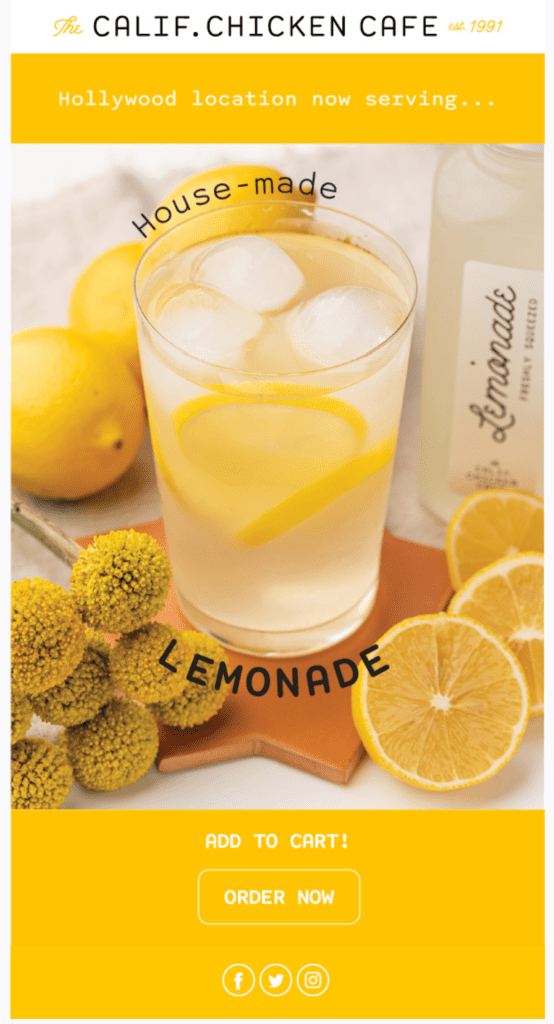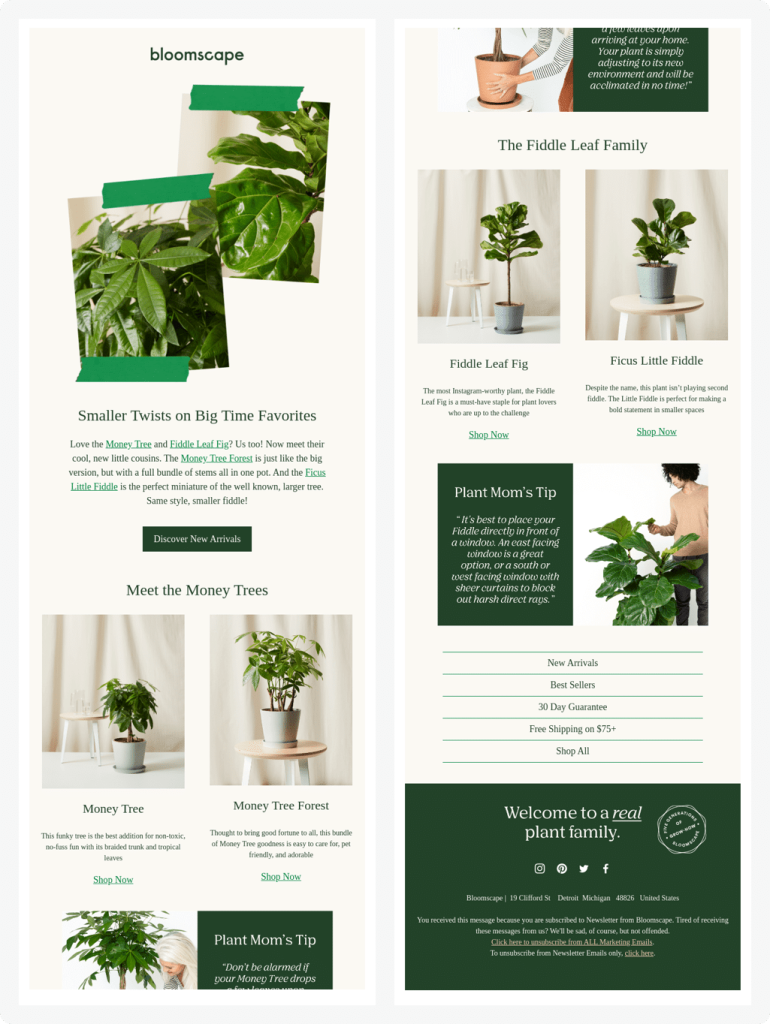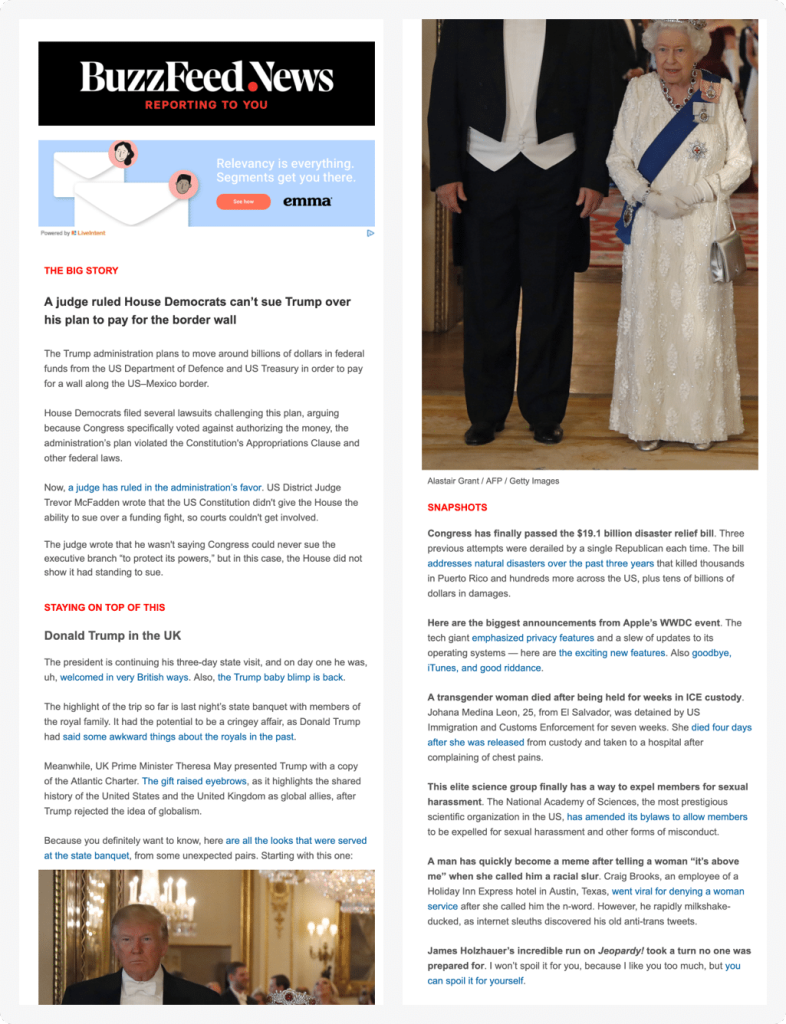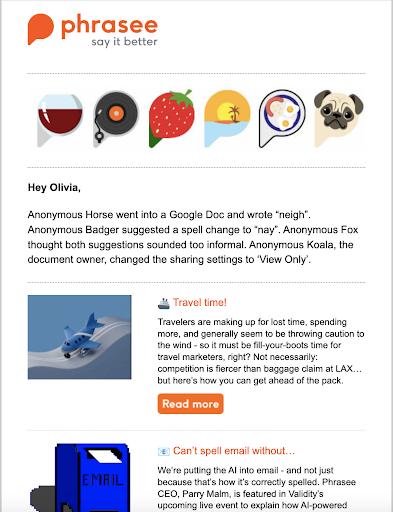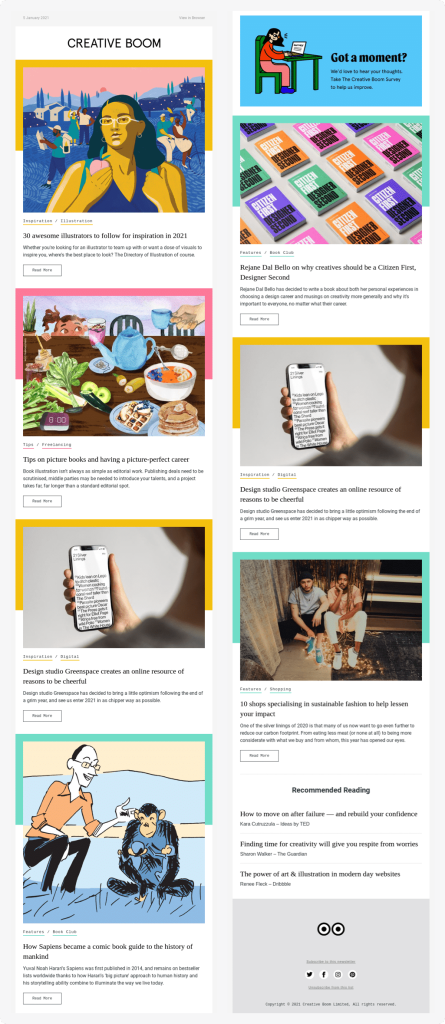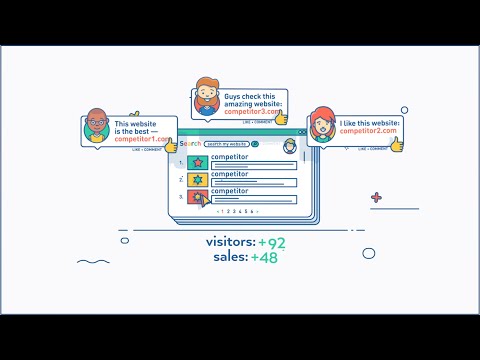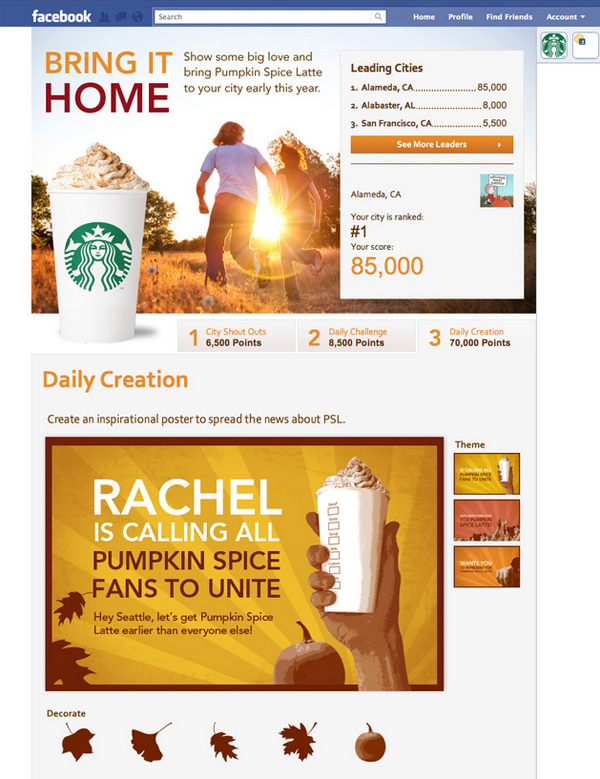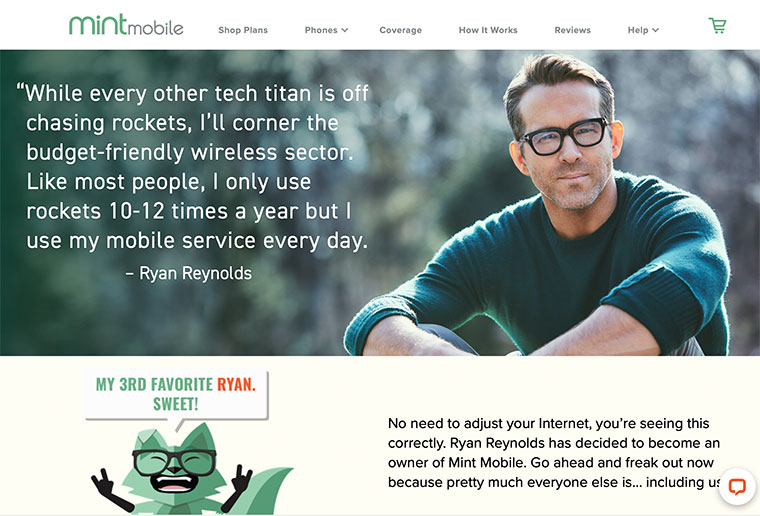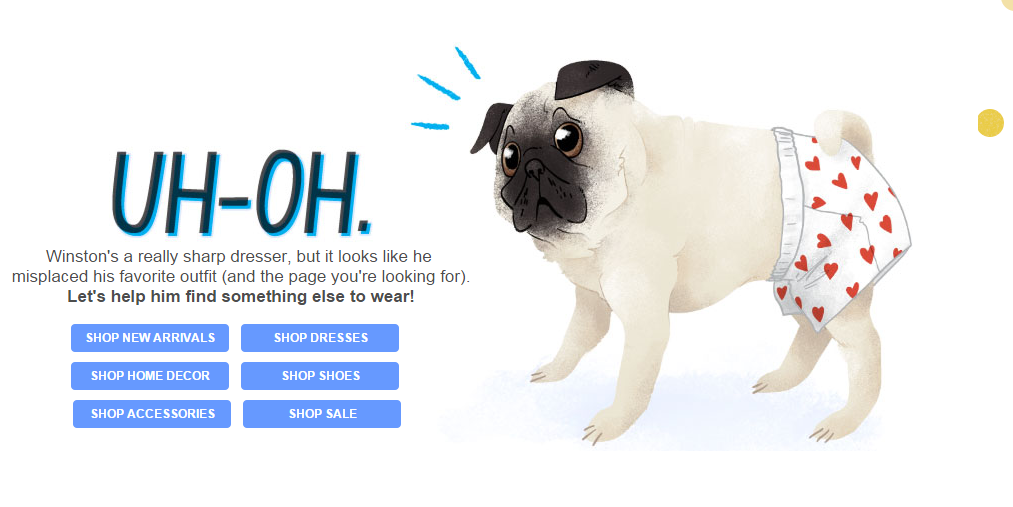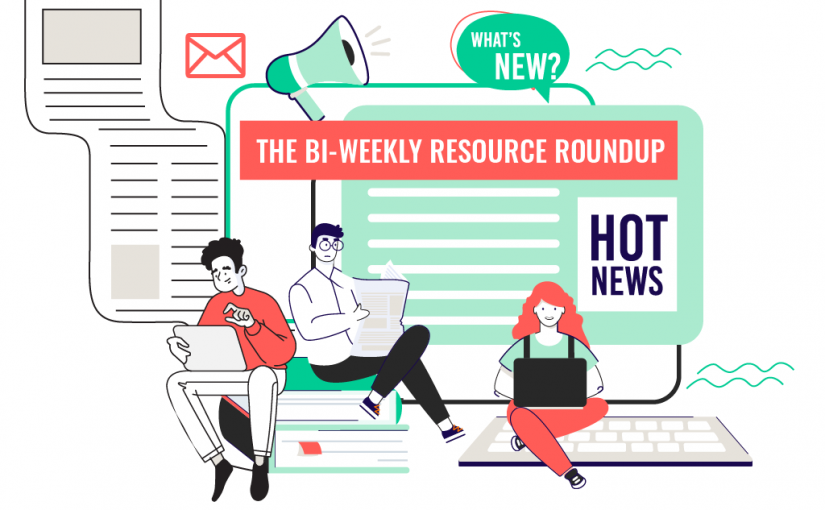Marketing is essential for any business that wants to succeed.
That’s why you need to know how to market your brand in a way that gets it noticed on the internet and beyond.
However, with so many options and strategies available, it can be difficult to know where to start.
The following tips will help you learn how to do just that:
Get to Know Your Target Audience

The first step in any marketing strategy is to get to know your target audience. This will help you determine how to market your brand in a way that appeals to their needs and desires.
You’ll also be able to identify the best ways to reach them, whether it’s through social media or other online
channels.
Size Up Your Competition
Whether you are an established business or a startup, it is essential to understand your competition.
You need to know what they offer, how they market and where they are getting their customers from.
If you have an idea of what the other businesses in your industry are doing then it will be easier to formulate a plan that will set your business apart.
Leverage The Power Of Social Media

Social media is one of the most powerful tools in a business owner’s toolbox. By leveraging social media, you can reach your audience, build brand awareness and increase sales.
You can also use it to build relationships with your customers and get feedback on how well you’re doing from them.
However, social media is only as effective as the person using it. If you’re not using your personal Facebook or Twitter accounts correctly, then you may as well not have them at all.
This can be especially hard for small business owners who don’t have a lot of time to dedicate to social media marketing.
Here are some tips to help you use social media effectively:
- Don’t just sell. Focus on providing value by sharing useful information, including stories from your business, news about the industry and helpful tips that relate to your customers’ lives.
- Use pictures! People love pictures; they make your posts more interesting and easier to digest.
- Share other people’s content. If someone has written an article that relates to something in your industry, then share it with your audience.
Create A Customer Centered Website

If you are in business, chances are you have a website. If you don’t, then it’s time to get one!
A website is an essential tool in today’s competitive business world. It allows potential clients to learn more about your products and services and gives them the ability to purchase them with a few clicks of their computer or phone.
Your site should be mobile friendly since most people access the internet through their phones these days instead of desktop computers.
If your site isn’t optimized for mobile devices many potential customers won’t even bother exploring further because they won’t enjoy an awkward, clunky mobile experience.
Solidify Your Brand Identity
Brand identity is the personality of the brand. It’s not just about your logo or name, but also how you interact with your customers and present yourself as a company.
When customers think of your business, what do they see? Do they think about how it makes them feel? Or does it conjure up certain images in their head? These are all factors that contribute to brand identity.
It’s important to have a strong sense of brand identity because this will determine how people relate themselves to your company or product when they encounter it in any way possible.
For example: Coca Cola has built its entire success on being associated with happiness and fun times (and maybe even dating back from many decades ago). Their slogan “Open Happiness” conveys exactly what their brand stands for – happy times!
Dive Into Email Marketing
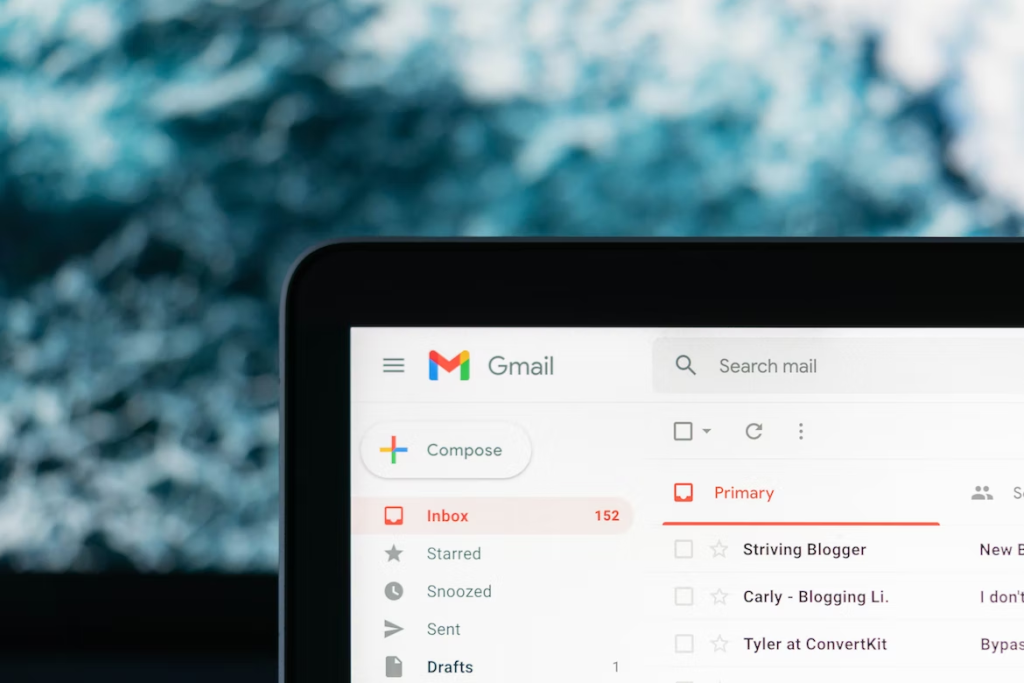
Email marketing is the most effective way to reach your customers. It’s easy to use and you can stay in touch with your customers without having to do a lot of work.
Email marketing is also great for generating leads and growing your brand. You should especially start using email marketing if you have an eCommerce store and are looking to sell more products online.
Email marketing can be automated, which means that all you have to do is set up an auto responder sequence so that every time someone purchases something from your store, they receive an email asking them if they wanted a refund or exchange instead of waiting on hold with customer service reps, who may not even be available right now because it’s after hours!
Start Working With Influencers

You can work with influencers to get your message across. Influencers are people who have a large following on social media, like Instagram or Twitter.
They help you reach new audiences and spread your message, which can boost credibility and increase sales.
In some cases, working with influencers could even save money since they often don’t charge as much as traditional advertising outlets such as TV commercials or newspaper ads.
Find The Right Audience With Paid Ads

Paid ads are a great way to find the right audience for your business. You can choose to target your message based on location, age, gender and even interests.
If you’re looking to attract more customers in the local area, then platforms like Google Ads or Facebook are great places to start.
The targeting options are extensive and provide plenty of data from which you can build a detailed profile of interested individuals.
This will ensure that only those who are likely to be interested in what you have to offer see your adverts – saving money on wasted impressions and clicks!
Run SMS Marketing Campaigns

Running SMS marketing campaigns is one of the best ways to reach your target audience. With SMS marketing, you can communicate with your customers in a personalized way by sending out bulk messages to people that have opted in to your campaign.
Create A Unified Brand Strategy
Your brand strategy is the foundation for your business. It ties your marketing messages together and positions you as a distinct entity in the marketplace, so it’s important to get it right.
Here are some tips for creating a successful brand strategy:
- Focus on the customer. You can’t build a strong brand without knowing who your customers are and what they care about. Once you know these things, think about how to use them in your messaging to make them feel connected with your company or product. Don’t just focus on what you want; focus on what they need too!
- It should be expressed through all marketing channels. Your branding efforts will be wasted if they’re inconsistent across platforms—so make sure that whatever design elements or language choices you make are used consistently throughout all of your materials (website copy, ads, social media posts).
Conclusion
There are many different ways to market your business successfully.
By implementing the tips we’ve shared, as well as experimenting with other strategies that may work better for your unique brand, you’ll be on your way to soaring above the competition and reaching new heights in success.


